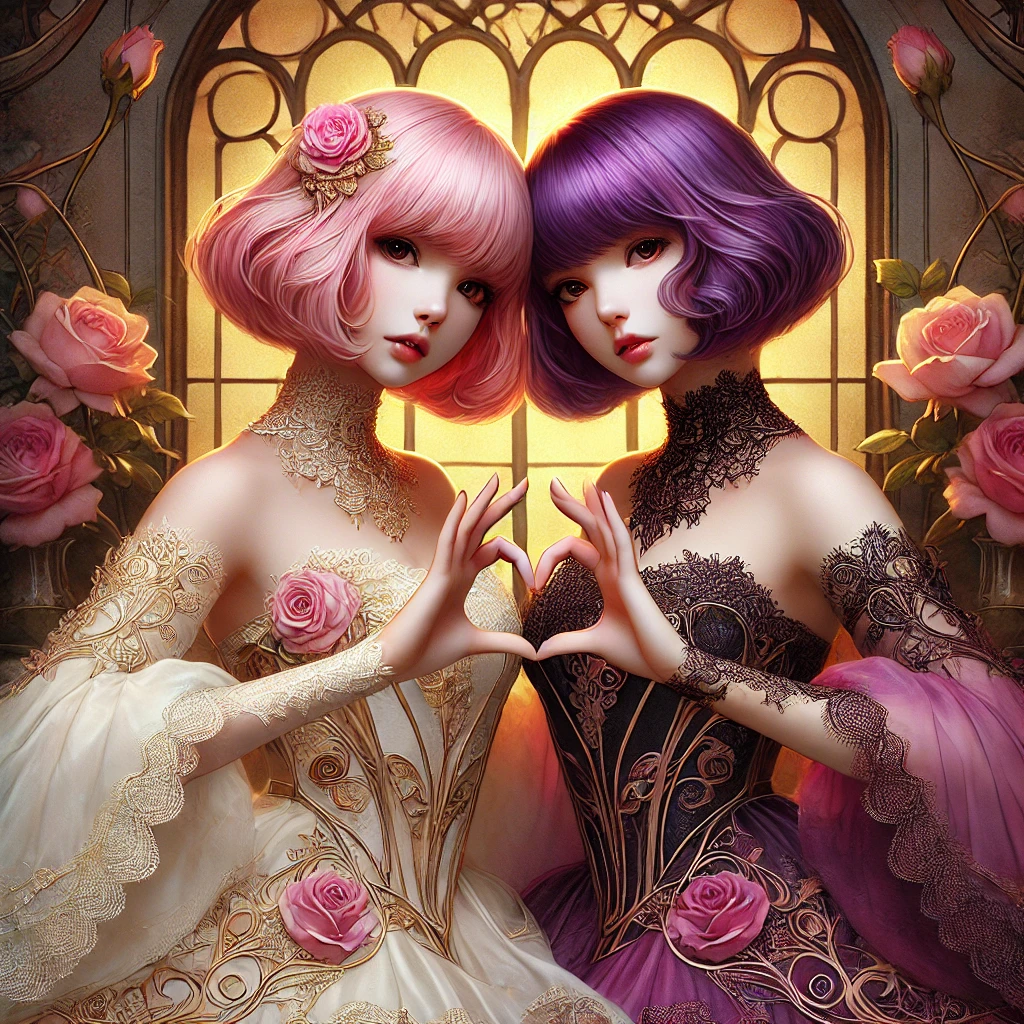Lyrics
あたしはあなたの為に踊るよ
穏やかになるまでずっと。。。
安心してていいよ GOOD NIGHT
あなたの為に踊るから
あたしは出会ってしまったんだ
踊りの神様に
神秘的で穏やかだった
そこに奇跡を見たんだ
何をすれば良いのか人生
もう何も考えなくていい
もう何も恐れなくていい
ただ、この奇跡に身を委ねたい
Your dance will be spoken of until the end of time
That’s your mission
That’s your faith
Luka, your dance is insanely beautiful
It’s not my mention
It’s not a fake
The dead must have come to him
he woke up this morning
What was that moaning?
This bed is a dance stage
Madness is your pride
Mudness is your life
あたしはあなたの為に踊るよ
穏やかになるまでずっと。。。
安心してていいよ GOOD NIGHT
あなたの為に踊るから
あたしは出会ってしまったんだ
踊りの神様に
狂ってて恐ろしかった
でもそこに奇跡を見たんだ
神様は「狂え」と言った
理解出来なかった
意味分からないし
この奇跡に身を委ねるしかない
Your dance will be spoken of until the end of time
This is love
This dance is tough
Luka, your dance is insanely beautiful
This is her mention
This is not a mission
You already know that, right?
keep him kiss him
kick him kill him
This bed is a dance stage
Madness is your pride
Mudness is your life
FRY AWAY
GONE AWAY
あなたが辿ってきた道をあたしは踊って追いかけるよ
嬉しい 苦しい 悲しい 楽しい
欲しいのは小さな幸せ
WAKE ME UP
LIFT ME UP
あたしが辿ってきた道をあなたは追いかけてくれるの
狂気的恋愛舞踏会
欲しいのは小さな幸せ
あたしはあなたの為に踊るよ
穏やかになるまでずっと。。。
安心してていいよ GOOD-BYE
あなたの為に踊るから
Consideration
Overview and First Impressions
At first glance, “Dear my lover” seems like a song of devotion: “I will dance for you.” However, when we follow the lyrics closely, it becomes clear that this is not just a simple love song. Instead, it deals with much deeper layers—“dance” as an expression of life itself, “madness” as the extreme of love, and “encounters with the divine” as metaphors for artistic inspiration.
The first half of the lyrics emphasize peace, reassurance, and miracle, but as the song progresses, words like “madness,” “fear,” and even “kill him” appear, introducing darker tones. This juxtaposition reflects the dual nature of love: both salvation and destruction.
The Motif of “Dance”
The central image of the song is dance. It carries several overlapping meanings:
- Expression of Love
- “I will dance for you.” Here, dance represents devotion, expressing love through the body rather than words.
- Art and Mystery
- “I encountered the god of dance.” This suggests artistic inspiration or trance. Historically, dance has often been tied to religious rituals and shamanism, making it a medium to connect with the divine.
- Connection with Madness
- “It was mad and terrifying / but I saw a miracle there.” This expresses how dance can lead one beyond rationality into madness—echoing the classical theme of art and madness being inseparable.
- A Metaphor for Life
- “I will chase after the path you’ve walked, dancing.” Dance becomes a way of retracing life itself. To dance is to live together, to inscribe the path of love with the body.
“The God” and “Madness”
At the center of the song is the encounter with the “god of dance.” Strikingly, this god is both peaceful and terrifying.
- “It was mystical and calm / I saw a miracle there.”
The divine encounter is initially healing, suggesting the soothing side of love and art. - “It was mad and terrifying / but I saw a miracle there.”
Later, the god demands madness. This shows that love and art are not always safe or rational—they can also lead toward destruction.
The god of dance embodies the duality of art and love: both healing and madness, peace and destruction.
The Role of the Rap Parts
1. Time and Eternity
“Your dance will be spoken of until the end of time.”
Dance, and thus love, is not fleeting—it becomes eternal, remembered beyond the present moment.
2. Madness as Pride
“Madness is your pride / Madness is your life.”
Here, madness is not condemned but celebrated as one’s pride and identity. This reflects the idea of the artist’s spirit that accepts even destruction as part of expression.
3. Violence Introduced
“keep him kiss him / kick him kill him.”
Love (kiss) and violence (kill) are placed side by side. This shocking juxtaposition suggests how passion in love can flip into violence, reinforcing the inseparability of love and madness.
The Paradox of “Small Happiness”
The recurring phrase “What I want is small happiness” feels contradictory against the song’s overall tone of madness and grandeur.
- After grand words like “FRY AWAY / GONE AWAY,” the singer wishes only for “small happiness.”
- Even amidst a “mad, ballroom-like love,” the true desire is not extravagance but something modest and everyday.
This paradox points to a profound truth: after experiencing passion and even ruin, what people ultimately seek is ordinary happiness.
“GOOD NIGHT” and “GOOD-BYE”
The difference between the opening and closing is deeply symbolic:
- Opening: “It’s okay, be at peace, GOOD NIGHT.”
A gentle reassurance, leading the beloved into sleep—a metaphor for life and healing. - Ending: “It’s okay, be at peace, GOOD-BYE.”
A decisive farewell, evoking separation or even death.
Thus, the lyrics trace the full course of a relationship—from meeting, to healing, to madness, and finally, to parting.
Overall Interpretation
“Dear my lover” weaves multiple layers of meaning:
- A song of devotion: Dancing to reassure the beloved.
- Artistic mysticism: Dance as an encounter with miracle and divinity.
- Affirmation of madness: Love and art are destructive but also life’s pride.
- Return to everyday life: Ultimately, one seeks only “small happiness.”
- Journey from life to death: From GOOD NIGHT (sleep) to GOOD-BYE (farewell).
It portrays the dual nature of love and art: salvation and madness, healing and destruction. Yet, it concludes with the quiet, universal desire for simple happiness.
Conclusion
Ultimately, “Dear my lover” transcends the frame of a love song. Through the motif of dance, it depicts the essence of human existence itself: love and madness, the divine and the human, eternity and the everyday.
Behind the passionate and destructive imagery lies a gentle truth: what we truly long for is not excess or grandeur, but the modest “small happiness” of daily life. This contrast is what gives the song its depth and resonance.
